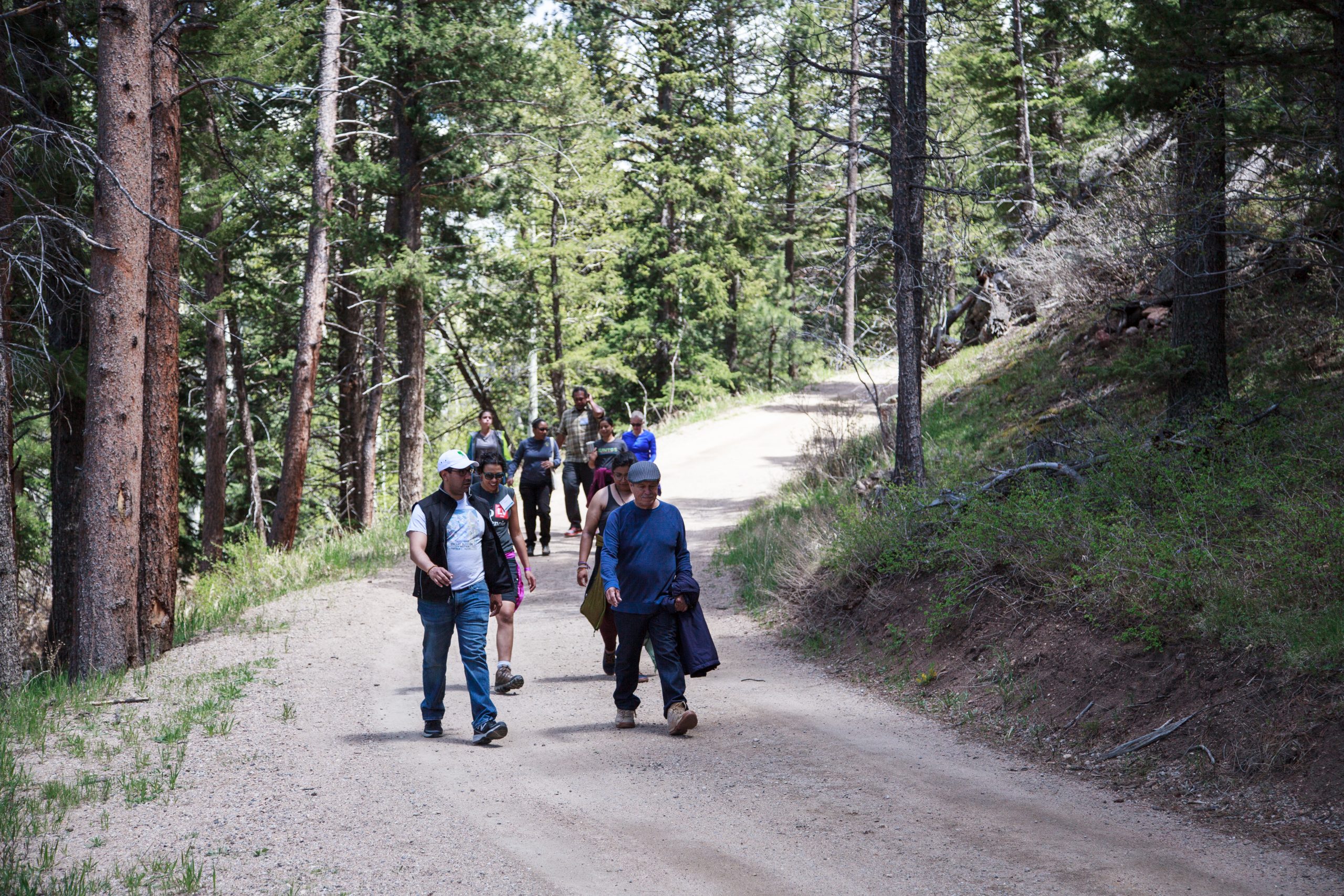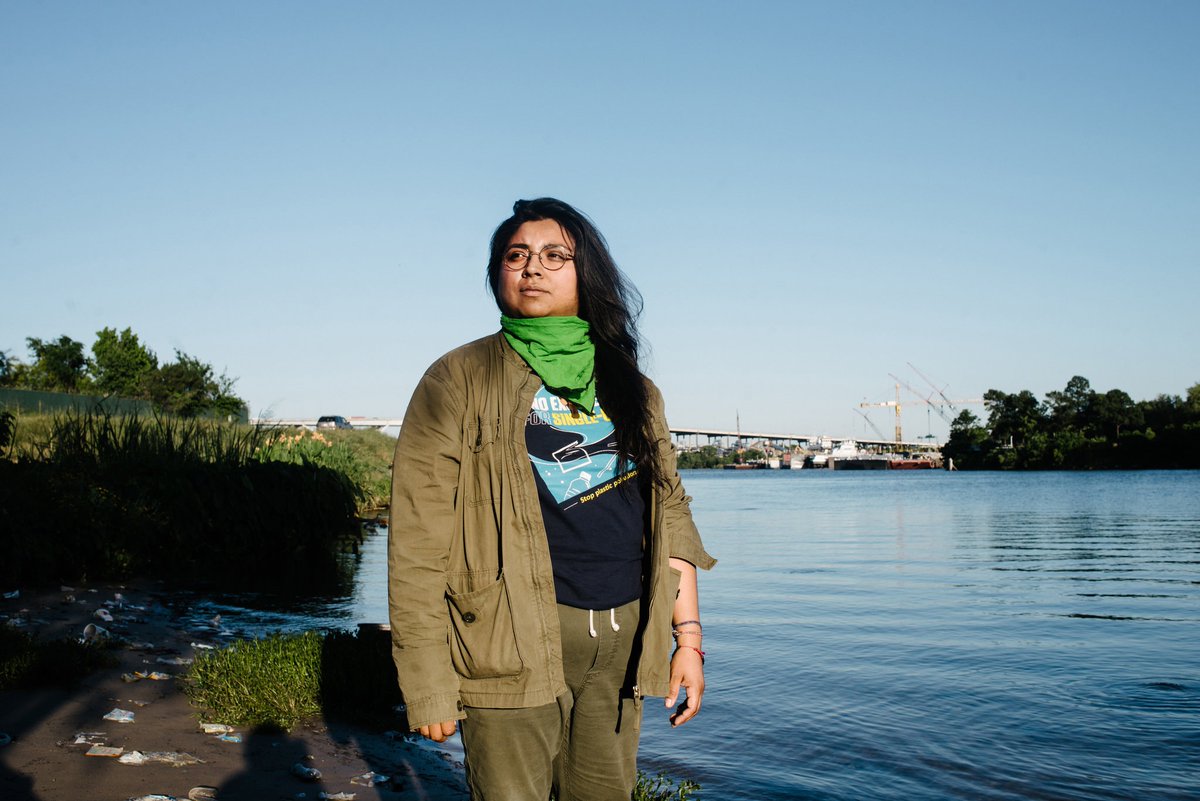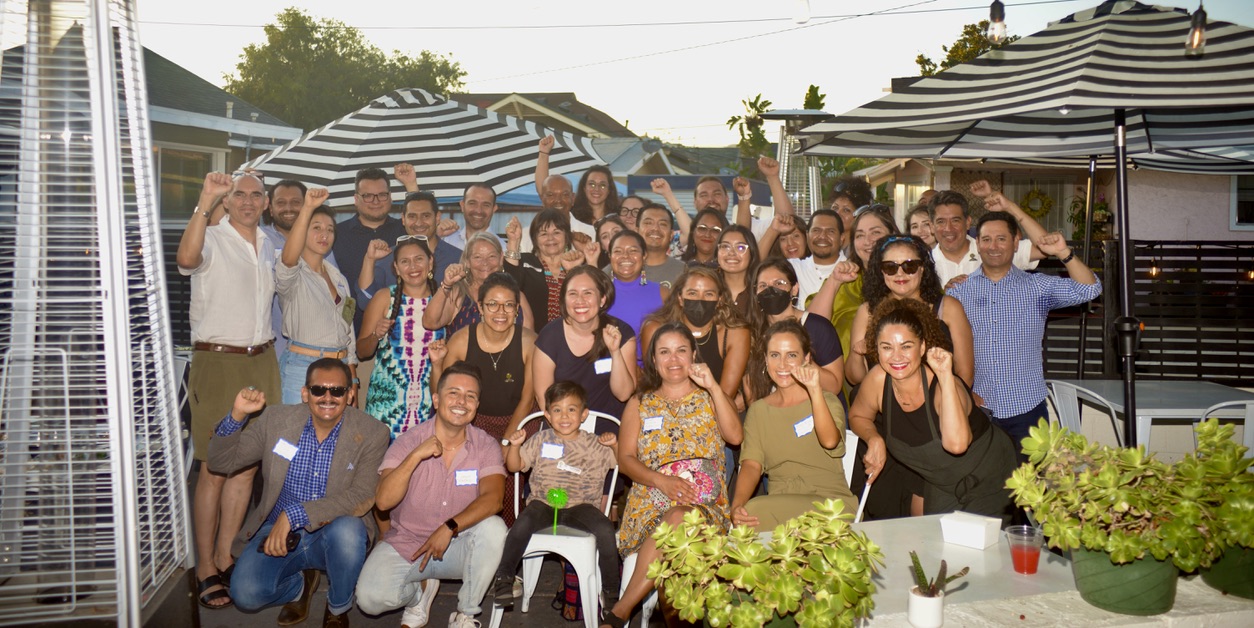Land, Latinos, and FLPMA: We Demand Protections for Wilderness Study Areas
Rural Latinos are particularly affected by public land management decisions. As Latinos, from Puerto Rico to Washington state, we share the right to determine what our country’s relationship with the mountains, valleys, and canyons looks like, including access, inclusion and land use based on principles of justice. We know that most Latino voters believe that public lands should provide solutions for the climate crisis and that the land should not be abused in ways that contribute to climate change and pollute our communities.
That’s why we are asking the Biden administration and Secretary Haaland to use Section 202 of the Federal Land Policy and Management Act (FLPMA) to protect up to 29 million acres of Bureau of Land Management lands with wilderness characteristics. This will help meet the goal of protecting 30% of U.S. lands and waters by 2030 as well as our goal of establishing more protected lands, particularly across the arid West, where growing Latino communities can enjoy a connection to wilderness.
In the U.S., 24% of the greenhouse gasses driving the climate crisis and polluting our communities are sourced on public land — land that is held in public trust for every person living in this country and its territories. We all have a responsibility for our relationship with la tierra.
Latinos Support Climate Goals
Polls have shown that 83% of Latinos support the 30x30 initiative The Biden Administration has also committed to reaching that goal, and we look to U.S. Secretary of the Interior Deb Haaland to recognize that we need the arid landscapes of the West — including dozens of WSAs across Western states — to heal from climate disaster and protect flora and fauna from extinction.
Arid ecosystems like our deserts are actively healing the unwell climate. Like oceans and forest, drylands also sequester and store carbon currently in the atmosphere.
In Utah, several studies have shown just how much our deserts contribute to mitigating climate change. The Bureau of Land Management (BLM) administers 9 million acres of arid public lands that qualify for being permanently protected in their natural state as wilderness through an act of congress, or as a Wilderness Study area through the Department of the Interior. These public lands currently sequester and store 241 mil. metric tons of organic carbon (pp. 32 in link), which is expected to increase to 271 mil. metric tons by the end of the century. That’s a 10% increase over the next 80 years.
Yet, the lands are not managed to uphold the ecosystems services they provide. For decades, the West’s deserts have been sacrifice zones for oil, gas and mineral extraction. They have suffered from poor travel planning and resource management plans. Even today, they are part of worsening the climate crisis, and harming our daily lives.
Utah is not alone as a land of unrecognized natural healing power for our changing climate and living earth. In Nevada, there are almost 9 million acres of arid public lands that also qualify to be managed as wilderness. This criteria of land management allows the organisms that sequester atmospheric carbon, soak water, and protect high desert mountain snowpack to carry out their natural duties. Throughout the deserts of the Western U.S., evening primrose and the fungal network surrounding its taproot is forming caliche from the carbon in the air, physically turning atmospheric carbon into minerals. Piñon and juniper forests transform the same atmospheric carbon into living, breathing trees. Biocrusts, or cryptobiotic soils, grow taller each year as they allow water to nourish the desert and keep soil on the ground. Because of the roles that organisms in arid landscapes play, high-desert mountain snowpack throughout the west can stay clear of dust, and melt more gradually throughout the year, and provide water year-round. This map shows the span of BLM lands across the west that exist in their natural state and can be protected as such, but currently remain open for development and destruction of its ability to heal the climate crisis.
Secretary Haaland: Designate WSAs
This is why GreenLatinos and our partners have asked U.S. Secretary of the Interior Deb Haaland to use her authority to designate Wilderness Study Areas (WSA) through utilizing section 202 of the Federal Land Policy and Management Act. Of the many tools at the Interior Department’s disposal to protect the Bureau of Land Management’s most valuable places, irreplaceable cultural resources, and native species, none has the sweeping potential and durability as designating new “FLPMA § 202 Wilderness Study Areas.”
These undisturbed lands provide real, quantifiable carbon sequestration and climate adaptation benefits. They conserve scarce water resources and reduce fugitive dust emissions which exacerbate climate change effects. And they are located near ancestral Latinx, Hispano and Indigenous lands, as well as in close proximity to growing Latino communities across the West.
Protecting public lands and resources as FLPMA § 202 Wilderness Study Areas will also keep fossil fuels in the ground, thus eliminating the release of climate damaging pollution related to the exploration, production and combustion of those resources; Wilderness Study Areas are statutorily closed to new oil and gas leasing.
Secretary Haaland has the opportunity to recognize that the West, despite the many ways it suffers from extreme climatic changes, is also a place for refuge — for wildlife and for responsible human interaction as well. These wilderness-qualifying areas include regions of high topographic and geophysical diversity, which makes up climate change refugia. These are areas large enough in their natural state that they are buffered from exposure to extreme climatic changes. As Wilderness Study Areas these refugia buy time for animals and plants to genetically evolve, shift their ranges if needed, and adapt to a changing climate. Along the Great Basin & Range and Colorado Plateau ecoregions, 70-80% of refugia are not managed to maintain, let alone foster, the ecosystem services that protect species. If we want to do right for our communities and for our more-than-human relatives, we must recognize that the land has the ability to protect us.
Yet, there has been no new establishment of a new FLPMA § 202 Wilderness Study Area since 2003 as a result of an out-of-court agreement between the Interior Department and State of Utah—an agreement that is not bound to the law. The Interior Department has had complete authority to determine that lands with wilderness characteristics be managed in their natural state, but it hasn’t done so throughout the past 18 years.
How You Can Help
As such, we encourage you to be vocal with the U.S. Department of the Interior and your members of Congress — tweet @SecDebHaaland and ask Secretary Haaland to assert that the Bureau of Land Management has authority to designate Wilderness Study Areas under FLPMA Section 202. GreenLatinos is also working with our partners, including the Sierra Club, Natural Resources Defense Council, and Southern Utah Wilderness Alliance, to educate members of Congress and build support for this effort of establishing new Wilderness Study Areas. You can also contact your representative and senators to let them know that Congress should support the Interior’s ability to designate Wilderness Study Areas through use of FLPMA Section 202.
Environmental justice demands that by the year 2030 we have 30% of land and water protected. This vision for the world in 2030 is one shared among Latinos, so we too encourage Secretary Haaland to stand with us in making policy that upholds Earth’s ability to heal us all.
*Cover photo of Hatch Canyon proposed wilderness, Utah.




